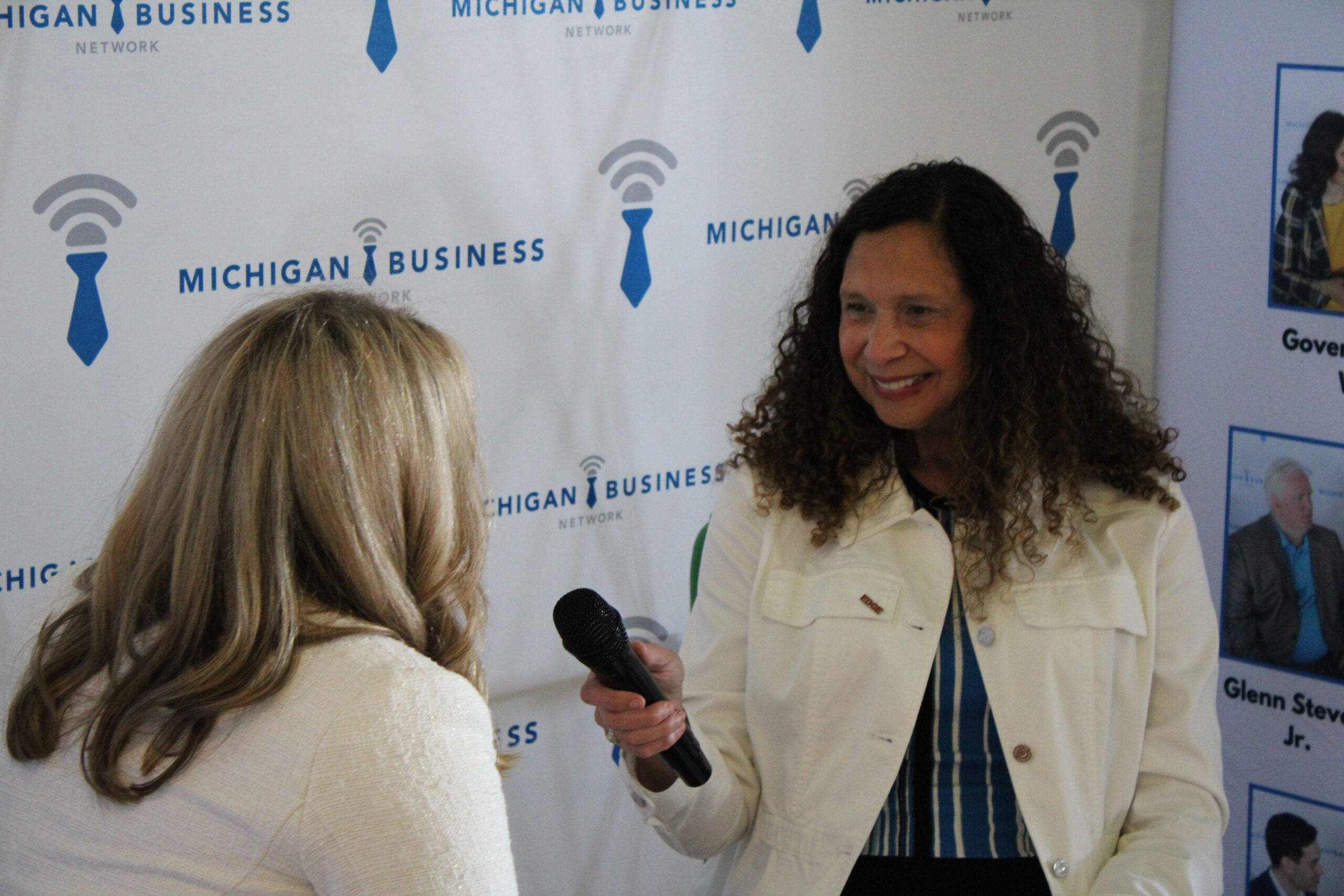 With the help of GPS apps, runners and bikers are producing everything from Thanksgiving turkeys to characters on “Game of Thrones.” The apps tracks their movements in real-time, and, if all goes smoothly, the map’s final series of squiggles and lines resembles the chosen subject. Executives at fitness-app makers spotted the first examples of GPS art in 2011, with routes depicting heart shapes or jack-o’-lanterns. Over the past year, GPS artists have proliferated and designs have become more elaborate. In addition to the apps themselves, Instagram, Facebook and other social-media sites serve as virtual galleries for creators. Works can also be printed out on paper or canvas for display. Artistic styles vary by region. U.S. creations tend to be blockier and simpler than their European or Asian counterparts, because American city streets are often laid out in a grid. Runners tend to cover less ground than cyclists, leading to differences in design complexity.
With the help of GPS apps, runners and bikers are producing everything from Thanksgiving turkeys to characters on “Game of Thrones.” The apps tracks their movements in real-time, and, if all goes smoothly, the map’s final series of squiggles and lines resembles the chosen subject. Executives at fitness-app makers spotted the first examples of GPS art in 2011, with routes depicting heart shapes or jack-o’-lanterns. Over the past year, GPS artists have proliferated and designs have become more elaborate. In addition to the apps themselves, Instagram, Facebook and other social-media sites serve as virtual galleries for creators. Works can also be printed out on paper or canvas for display. Artistic styles vary by region. U.S. creations tend to be blockier and simpler than their European or Asian counterparts, because American city streets are often laid out in a grid. Runners tend to cover less ground than cyclists, leading to differences in design complexity.
Shopping on a small screen used to be a pain. But as consumers spend more of their days glued to smartphones, retailers are getting savvier with apps that ease browsing, offer rewards, suggest the right products and simplify the purchase to one click. The so-called appification of shopping promises to transform the retail industry by creating new shopping habits, reshaping sales tactics and carving out winners and losers. Instead of placing one big order from a computer, people are increasingly making smaller purchases in short bursts throughout the day on their phones, a phenomenon retailers call snacking. Mobile sales are booming, especially compared with sales gains from desktop computers. Last year, US sales from mobile devices jumped 56% to $49 billion, doubling the previous year’s growth, according to comScore. Desktop sales still dwarf mobile, reaching $256 billion last year, but annual growth slowed to 8.1% from 12.5%.
Google has patented a new technology that puts a sticky coating on the hood of its self-driving cars to act as flypaper for pedestrians. It’s no joke. The San Jose Mercury News reports the tech giant has secured the patent, which compares the sticky technology for the hood to flypaper or double-sided duct tape. The thought behind the technology is that when a pedestrian is hit by a regular car with a non-stick hood, the vehicle carries that person there until the driver hits the brakes, at which point the pedestrian is thrown from the hood of the car, likely adding to any injuries sustained. In Google’s patent, an eggshell-like layer would coat the surface of the hood during everyday use, and would break to the sticky layer beneath in the event of a collision.








